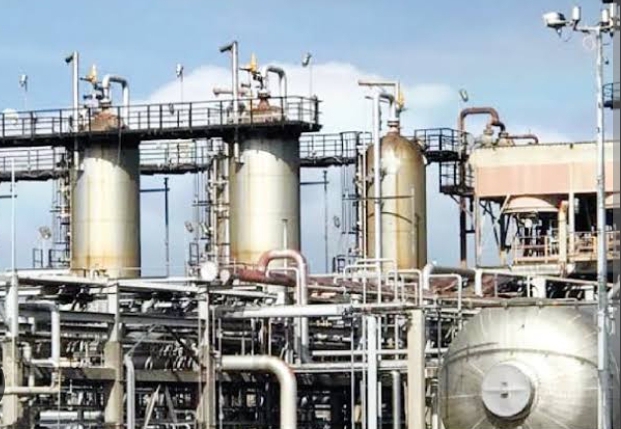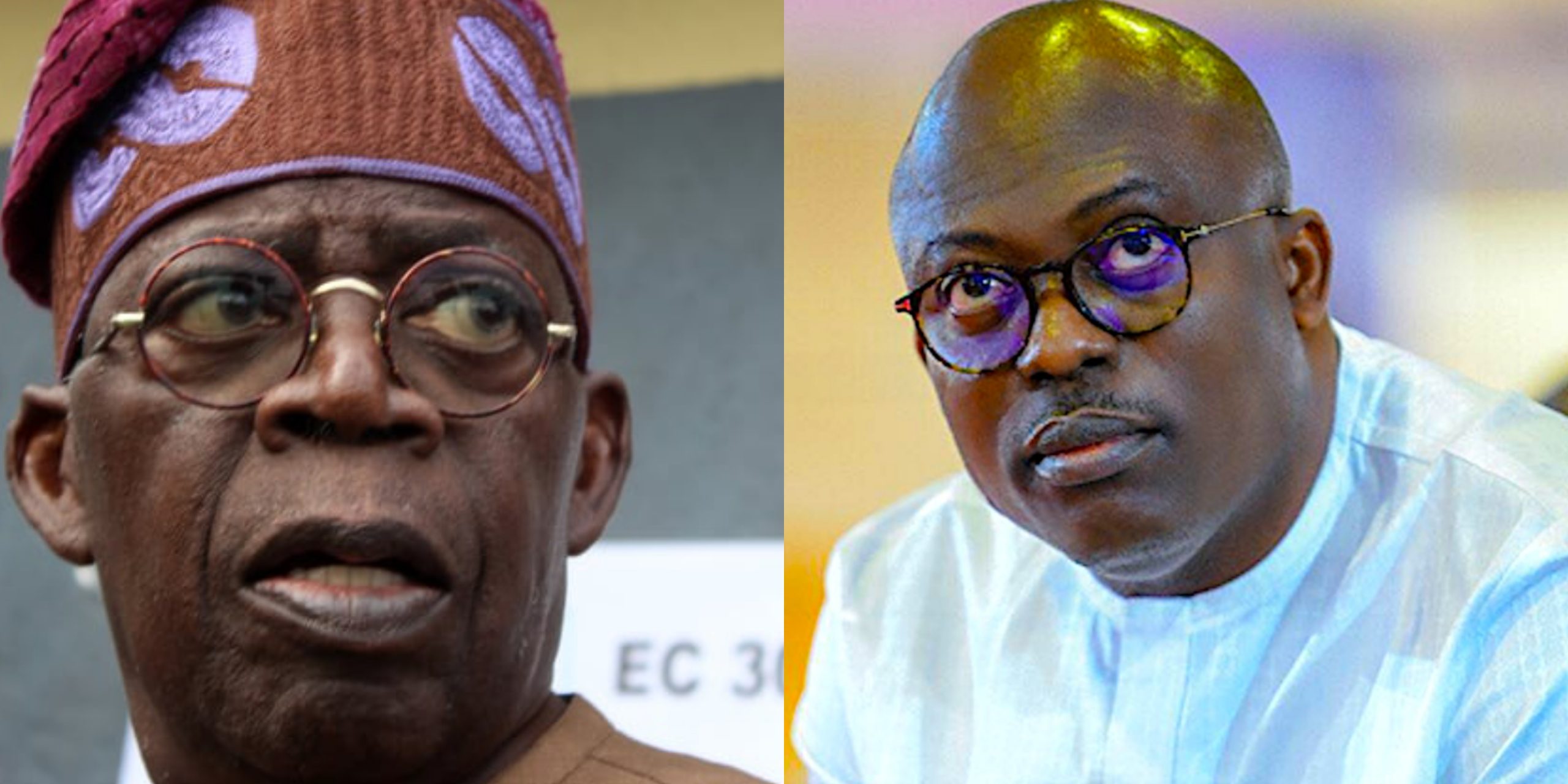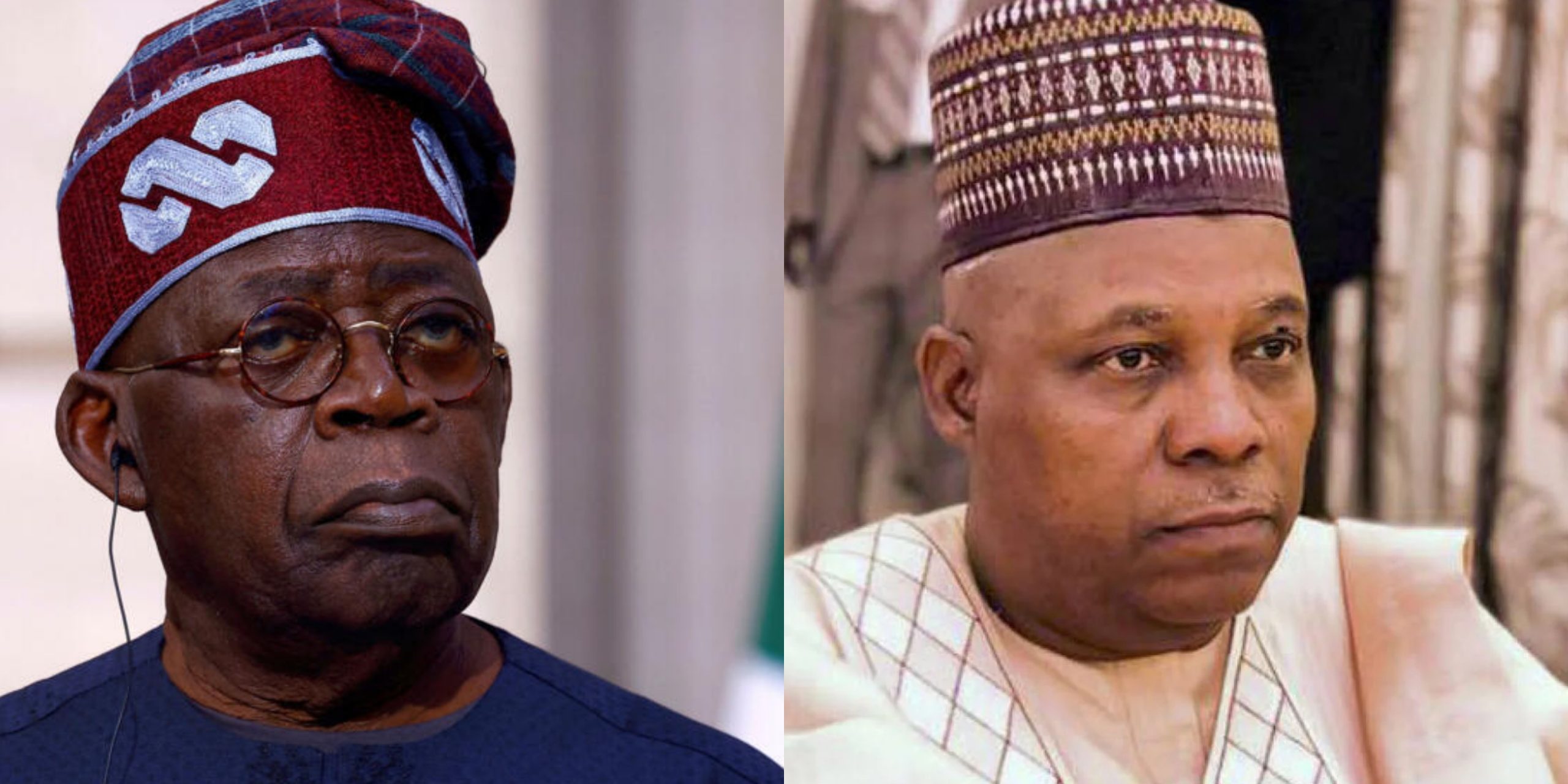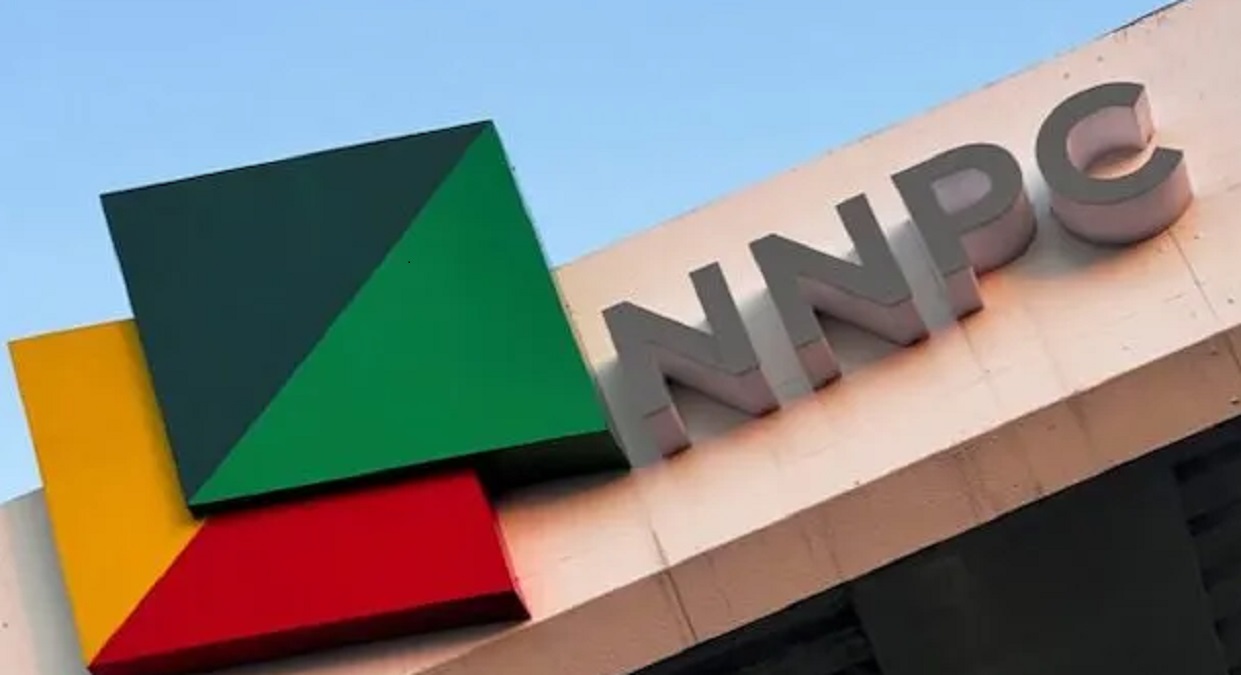Nigeria’s gas production is reportedly set to remain stagnant in the second quarter of 2025, raising concerns over the country’s energy future as competition from global rivals intensifies.
This grim projection comes from the Society of Energy Editors (SEE) in its Second Quarter 2025 Outlook for the Nigerian Energy Sector, which warns of a lack of progress in gas supply unless key infrastructure projects come online.
Despite holding Africa’s largest proven gas reserves—an estimated 209 trillion cubic feet (TCF)—Nigeria continues to struggle with underinvestment, outdated infrastructure, and persistent gas flaring.
The country’s LNG exports, which currently contribute 7% of the global supply, face mounting pressure from emerging markets like Mozambique, Tanzania, and the U.S. shale gas industry.
Nigeria’s gas supply is unlikely to improve in the short term unless critical projects like the ANOH Gas Plant and the Obiafu-Obrikom-Oben (OB3) pipeline become operational.
Without these developments, domestic production will remain flat, limiting economic growth and threatening energy security.
Meanwhile, LNG exports are expected to remain stable at 20 million metric tons per year, but disruptions from pipeline vandalism and security threats could put even this at risk.
If global LNG prices rise, Nigeria may see increased revenue—but only if it can maintain its export levels amid stiff competition.
On the home front, gas utilisation is expected to grow, driven by increasing demand for compressed natural gas (CNG) and liquefied petroleum gas (LPG).
However, the transition faces major setbacks, including:
Soaring conversion costs for CNG vehicles, ranging from ₦1.5 million to ₦3 million per vehicle
A severe lack of refuelling stations, with only 50 currently operational nationwide
Slow private-sector investment, with companies like NIPCO and Axxela expanding infrastructure at a sluggish pace
Despite a rise in LPG consumption, which hit 1.3 million metric tons in 2024, only 30% of Nigerian households currently use the product, highlighting a significant gap in adoption.
While Nigeria has pledged to end gas flaring by 2030, the country still burns 8% of its total gas production, worsening environmental and economic losses.
Moreover, pipeline attacks and infrastructure failures continue to cripple supply, with key pipelines like Trans-Forcados and Escravos-Lagos frequently targeted by vandals.
As Nigeria teeters on the brink of an energy crisis, experts warn that without massive investments in gas infrastructure, stricter security measures, and faster adoption of cleaner energy sources, the country risks falling behind in the global gas race.


















